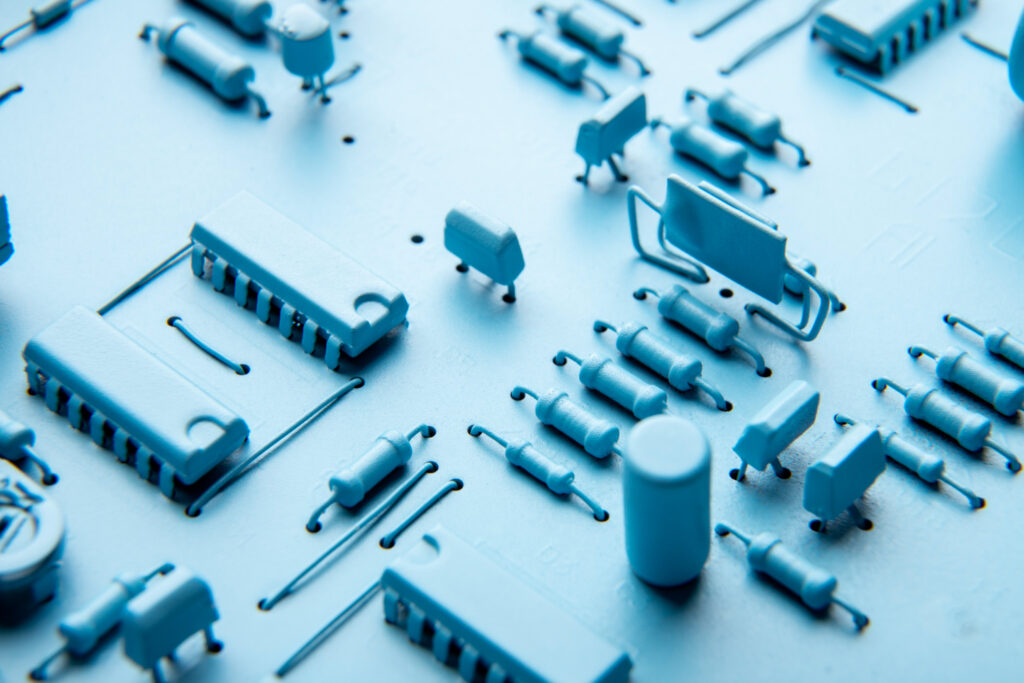 As semiconductor manufacturing advances toward smaller and more powerful devices, achieving atomic-level precision has become one of the greatest challenges faced by the industry. Lithography expert Erik Hosler points out that achieving this level of accuracy is essential for optimal performance, particularly when working with sub-7 nanometer (nm) nodes, where even the smallest variation can lead to performance issues or defects. Manufacturers are continually pushing the limits of technology to meet these demands, but the path to achieving this degree of precision is fraught with obstacles.
As semiconductor manufacturing advances toward smaller and more powerful devices, achieving atomic-level precision has become one of the greatest challenges faced by the industry. Lithography expert Erik Hosler points out that achieving this level of accuracy is essential for optimal performance, particularly when working with sub-7 nanometer (nm) nodes, where even the smallest variation can lead to performance issues or defects. Manufacturers are continually pushing the limits of technology to meet these demands, but the path to achieving this degree of precision is fraught with obstacles.
The Challenge of Line-Edge Roughness (LER)
One of the primary obstacles manufacturers face when working with sub-7 nm nodes is line-edge roughness (LER). LER refers to the slight variations along the edges of the circuit lines etched onto silicon wafers. These imperfections, though seemingly small, can have a significant impact on the electrical performance of the chip. As features become smaller, the effects of LER are amplified, making it more difficult to achieve the precision required for modern semiconductor devices.
Erik Hosler emphasizes the importance of addressing these challenges, stating, “Part of our mission is to figure out how to drive process perfection without breaking the bank or the fab. Line-edge roughness and critical dimension uniformity are two parameters that dictate the performance of a large set of photonic and superconducting devices, so the closer we can drive these characteristics to the atomic limit, the better the machine functions.” This highlights the need for perfection at the atomic level as manufacturers push forward with smaller nodes.
Critical Dimension Uniformity (CDU)
Another critical challenge in achieving atomic-level precision is critical dimension uniformity (CDU). CDU ensures that each feature on the chip is the same size across the wafer. Variations in feature size can lead to inconsistencies in how the chip operates, affecting speed, energy efficiency, and overall performance. For manufacturers working with sub-7 nm nodes, maintaining CDU is essential to producing reliable, high-performance chips.
Innovations in extreme ultraviolet (EUV) lithography have provided manufacturers with the tools needed to tackle these challenges. EUV allows for more precise patterning at smaller nodes, but it is not without its limitations. The complexity of creating photomasks and the delicate nature of photoresists under EUV exposure are ongoing challenges that must be addressed to continue advancing semiconductor technology.
The Next Frontier: Achieving Atomic-Level Precision
Achieving atomic-level precision in semiconductor design is crucial for the future of the industry, particularly as demand for smaller, faster, and more powerful devices grows. Manufacturers are working tirelessly to overcome the challenges of LER and CDU, and ongoing innovations in materials and processes will be key to pushing the limits of what is possible in semiconductor design.